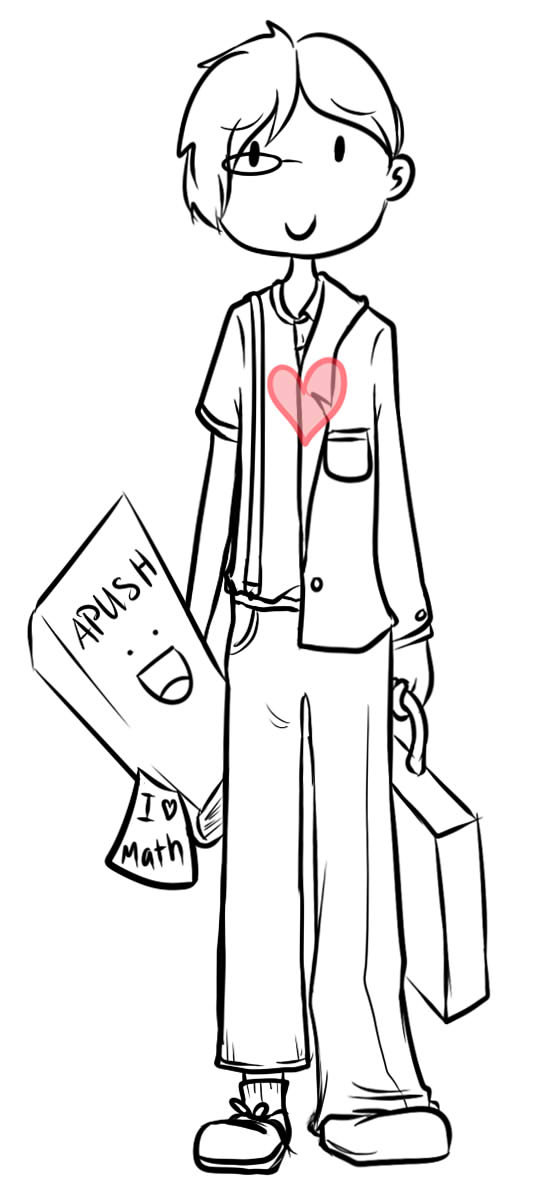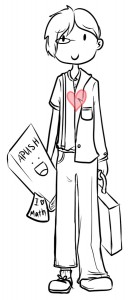We will never change…will we?

 High school has been defined as a time for a teenager to develop as a person—or at the very least, to make the bad decisions now as opposed to later. An essay by Jennifer Senior in New York Magazine, however, challenges the idea that people outgrow their high school selves. Senior suggests that every situation a teenager faces today, good or bad, will be carried into the ‘real world’.
High school has been defined as a time for a teenager to develop as a person—or at the very least, to make the bad decisions now as opposed to later. An essay by Jennifer Senior in New York Magazine, however, challenges the idea that people outgrow their high school selves. Senior suggests that every situation a teenager faces today, good or bad, will be carried into the ‘real world’.
As teenagers develop mentally, they are liable to react to every situation in a hypersensitive manner, meaning that an individual is likely to mold to stereotype. AP Psychology teacher John Wheeler agrees that high school plays a role in adolescent development; however, he believes that as students grow, they are less likely to accommodate stereotypes.
“People become less sensitive as they go through high school,” Wheeler said. “If you’re talking about early adolescence compared to when people are 17 and 18, I think people are less molded by their peers.”
In the 1980s, psychologist James Marcia studied the four different states of identity: foreclosure, diffusion, moratorium and achievement. Marcia coined the term ‘foreclosure’ for adolescences who accepted the identity given to them, which can be given from well-intended parents, who already have ideas for their children’s lives, or teenagers who stereotype their peers. Wheeler agrees that stereotypes exist at Peninsula, but also thinks that students are not as likely to follow them or believe them.
“I just think [that] there are a lot of ways that people can feel comfortable with themselves. There are so many opportunities for people to express themselves,” Wheeler said.
As it may be, high school is not the only place where a person may develop simply because everyone is different.
“I think people find themselves at different rates, at different times [and] at different stages of their life,” Wheeler said.

